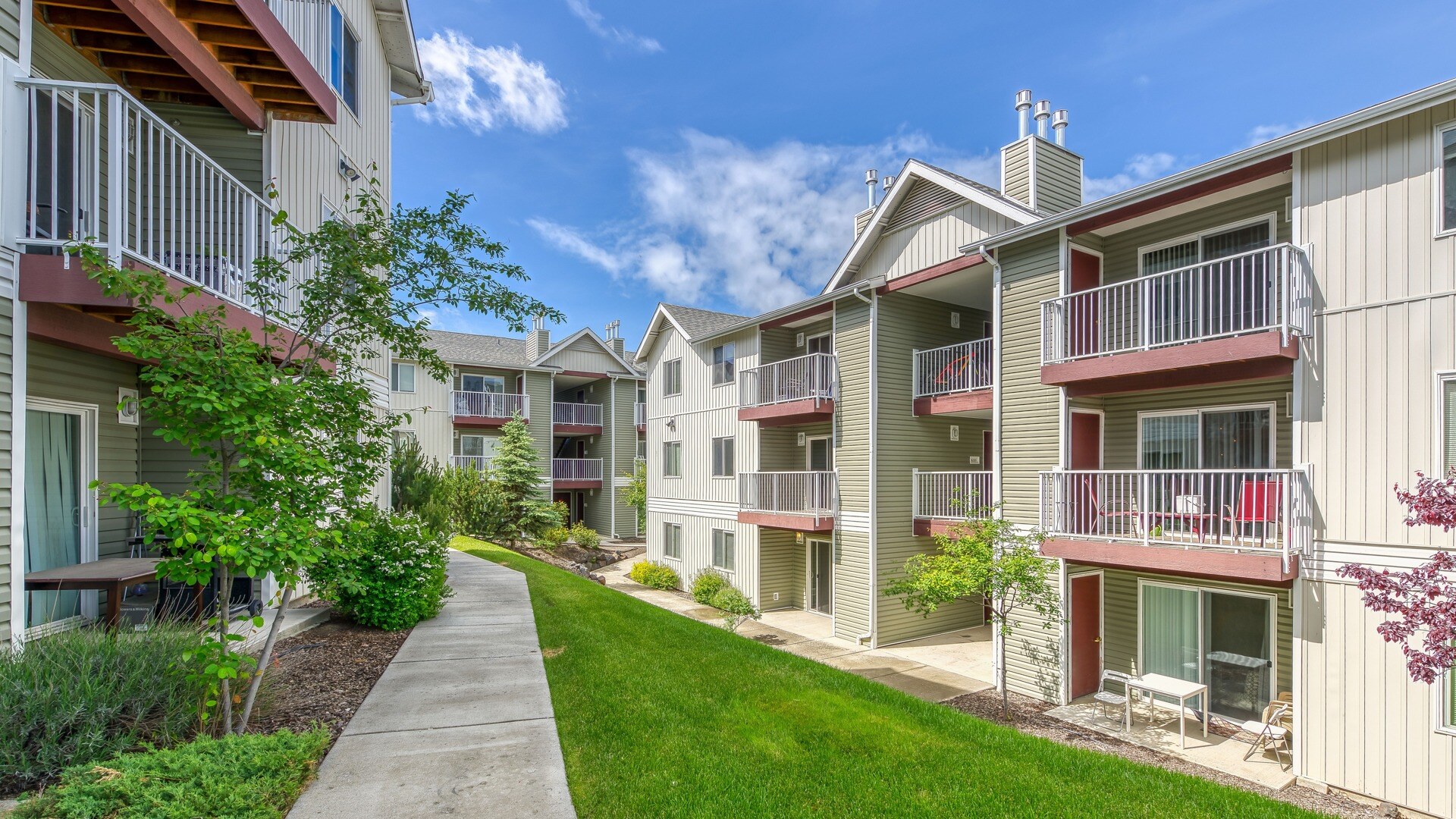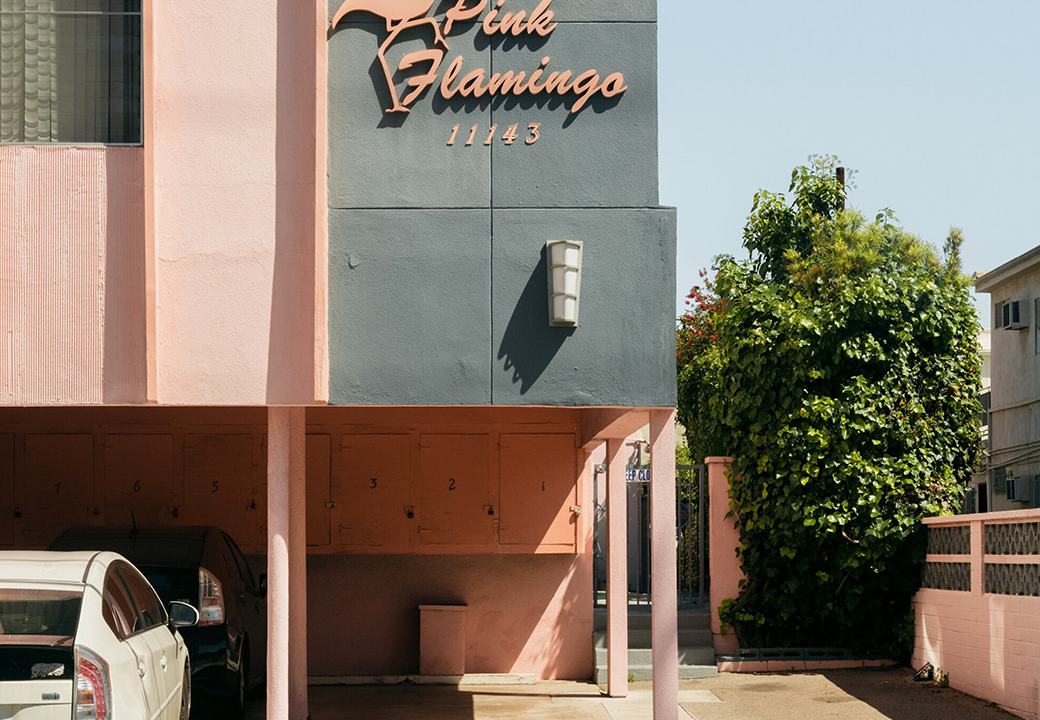Maintenance and upkeep
The overall maintenance and upkeep of an apartment building significantly influence its insurability and risk profile.
Documentation
- Records: Ensure maintenance teams maintain up-to-date records of inspections, repairs, renovations, and upgrades for easy review.
Building age
- Older buildings: The older the structure, the more likely the existence of outdated electrical, plumbing, and structural systems. Archaic systems increase the risk of issues such as electrical fires, plumbing failures, and earthquake damage.
Related:
Unreinforced Masonry Buildings: A Hidden Danger
Roof condition
- Inspections and repairs: Well-maintained roofs reduce the risk of leaks and resulting water damage. Routine roof inspections and prompt repairs are essential, with special attention given to cleaning roof drains and preventing water backup.
- Materials: Durable, fire-resistant materials, suitable for the local climate and weather conditions, ensure resilience over time.
Regular maintenance
- Essential systems: Routine upkeep of HVAC, plumbing, and electrical systems can prevent larger issues and reduce insurance claims. Ensure that a comprehensive maintenance schedule is in place.
Railing types and safety
Dependent on their type, condition, and upkeep, balcony and stairwell railings can significantly impact the risk of accidents and injuries.
Material and design
- Sturdy materials: Railings made from durable materials like steel or reinforced glass are preferred; such materials offer higher resistance to wear and tear, ensuring long-term safety.
- Design considerations: Vertical railings are by far the safest option. Take one look at a horizontal railing and you’ll understand: parallel bars, in a ladder-like configuration, increase the risk of misuse and injury.
Height and stability
- Building codes: Ensure that railings meet local building codes for height. In Washington state, the RCW states that railings “must not be less than thirty-six inches in height and must have intermediate rails spaced such that a sphere four inches in diameter cannot pass through.” (WAC 246-359-520)
- Anchorage: Railings should be securely anchored to withstand pressure; loose or wobbly railings pose significant safety hazards.
Regular inspections
- Maintenance: Routine upkeep is necessary to identify and rectify issues such as rust, decay, or loose components. For wooden railings, special attention must be paid to signs of rot, especially in damp, outdoor environments where moisture can accelerate deterioration.
Pools, playgrounds, and other amenities
Amenities such as pools, hot tubs, saunas, playgrounds, and tennis courts introduce significant liability risks.
Safety features
- Pools and hot tubs: Make certain that pools are surrounded by proper fencing, have self-locking gates, and clearly indicated depth markers. Maintenance teams must regularly test and maintain chemical levels to prevent bacterial outbreaks - use licensed professionals for pool maintenance and other specialized inspections.
- Playgrounds: Play areas should be equipped with soft surfaces with all equipment in good condition. Regular safety inspections enable maintenance teams to promptly address any hazards.

Supervision and rules
- Enforcement: Implementation and enforcement of rules regarding the use of amenities is imperative. For pools, employing lifeguards or enforcing strict usage hours can ensure adequate supervision.
- Signage: Clearly displayed safety rules and emergency contact information must be posted in prominent areas.
Soft stories
Soft stories are a construction type generally found in buildings with parking garages or large open spaces beneath the main floors. A typical soft story structure is an apartment building with (1) a parking garage or ground-floor retail showroom and (2) two or more residential floors above.
Seismic retrofitting
- Reinforcement: Confirm appropriate seismic retrofitting to reinforce vulnerable levels has occurred. This might involve adding steel frames, shear walls, or other structural enhancements to improve stability.
- Documentation: Obtain records of retrofitting efforts and any structural assessments conducted.
Building codes
- Compliance: Verify that the building meets current seismic safety standards and building codes. Non-compliance can significantly increase the risk of damage and liability in the event of an earthquake. For reference, here is the Revised Code of Washington Earthquake Standards for Construction.
Apartment deck BBQs
Balcony barbecues, while popular, pose significant fire risks.
BBQ policies
- Restrictions: Check if the building has clear policies regarding the use of BBQs on balconies. These policies should be strictly enforced to prevent fire hazards.
- Alternative solutions: Verify existence of designated BBQ areas away from the building to accommodate residents’ grilling needs in a safe environment. Provide clear guidelines on BBQ safety to residents.
Safety measures
- Fire extinguishers: Ensure fire extinguishers are easily accessible near BBQ areas.
- Incident history: Review the history of fire incidents related to BBQs in the building. Use this information to inform and adjust policies as needed.
Related:
Preserve the Summer Fun: Prevent Rooftop Deck Fires
Loss assessment coverage
Loss assessment coverage is an optional addition to condo or homeowners insurance policies that helps cover the cost of special assessments imposed by a homeowners association (HOA) or condo association.
Personal condo policies only cover individual building units – loss assessment coverage helps pay for the insured’s share of assessments charged by the condo association due to damage of common areas.
Key considerations include:
Association rules
- Bylaws: Understand the condo association’s bylaws and rules regarding loss assessments. This includes knowing what types of damage and expenses can be assessed to unit owners.
Coverage limits
- Adequate limits: Ensure the policy has sufficient coverage limits to handle significant assessments. This can prevent financial strain on condo owners in case of major damage.
Common areas
- Condition and maintenance: Pay close attention to the condition and upkeep of common areas outlined in the sections above, including roofs, pools, and playgrounds. Poor maintenance in these areas can lead to large assessments following a covered loss.
-- -- --
Insurers can provide more accurate risk assessments and better coverage options for apartment buildings by keeping a watchful eye on the considerations outlined in this article.
Maintaining an open line of communication with building managers and condo associations, along with periodic inspections and up-to-date documentation, can help maintain safety standards and reduce potential claims. Proactively understanding and taking steps to mitigate risk associated with apartments can help both craft comprehensive insurance policies and prevent future losses.
With so many individuals living together in one place, managing apartments can be a challenging endeavor. But proactive measures can create a safer living environment and ensure a stable portfolio for insurers; by staying ahead of potential issues, everyone benefits from peace of mind and protection.
Stay informed with future content from the WSRB team by signing up for notifications.








